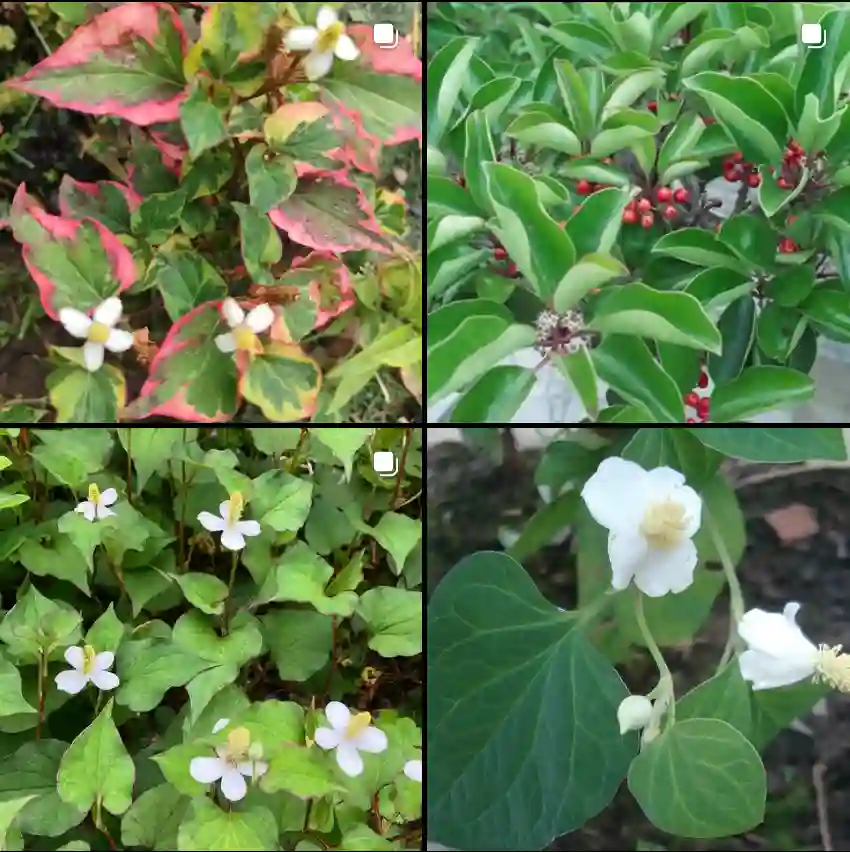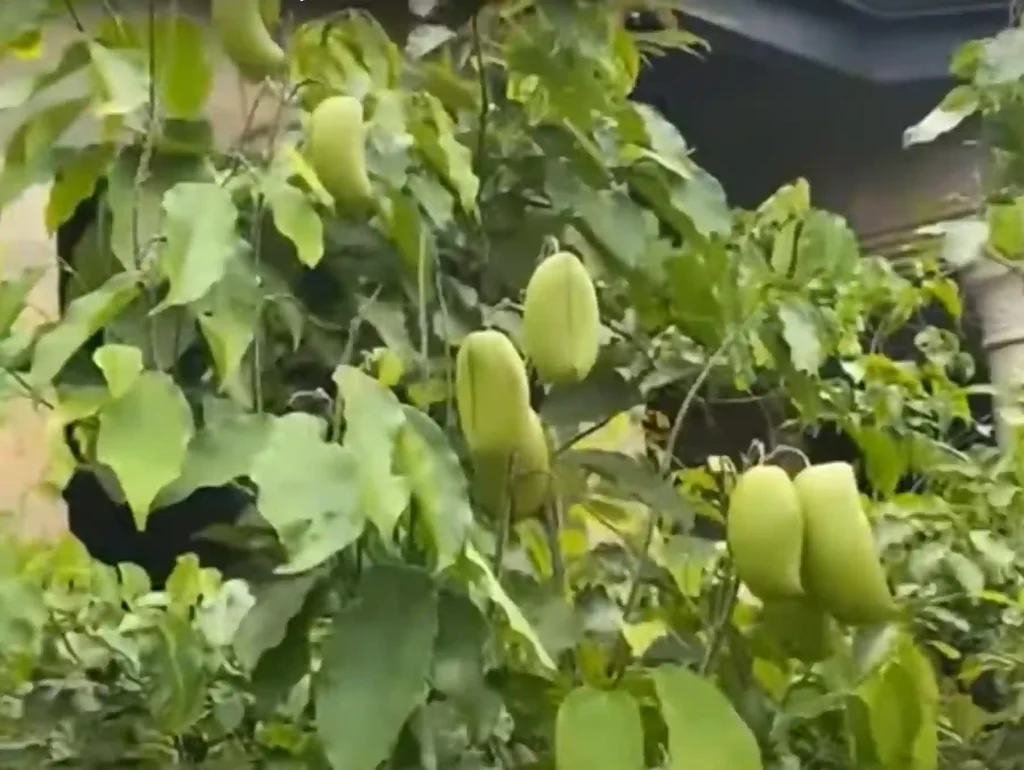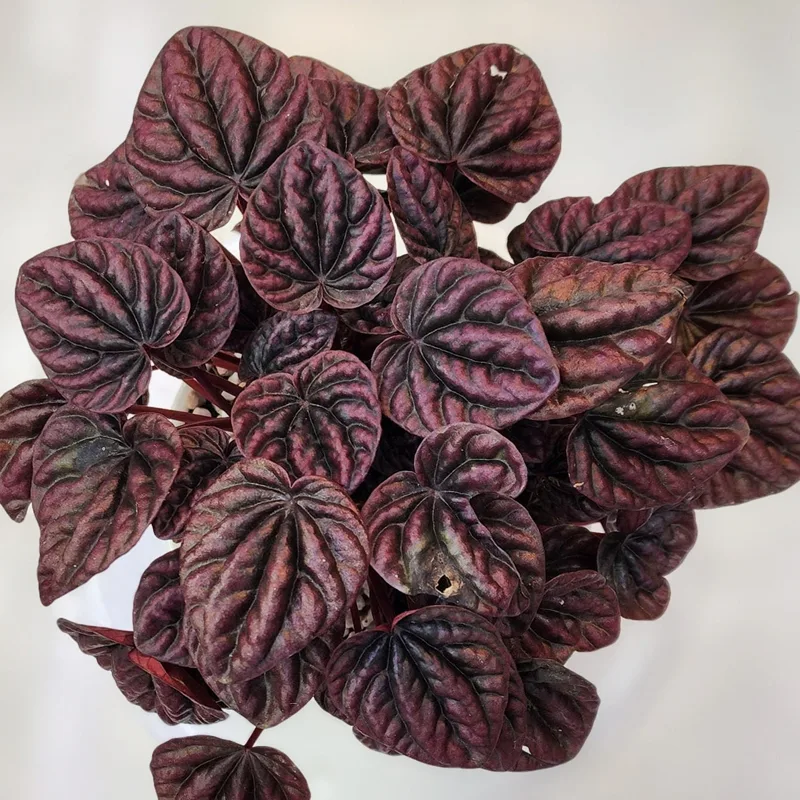All About Helianthus Decapetalus: The Ten-Petaled Sunflower
Hi there, Ferb Vu here! Today, we’re diving deep into the world of Helianthus decapetalus, also known as the Ten-Petaled Sunflower. This woodland beauty might not be the giant, single-headed sunflower you’re used to seeing in fields, but it offers a unique charm to gardens and natural landscapes.
66 Species in Genus Helianthus
What is Helianthus Decapetalus?
Helianthus decapetalus is a perennial wildflower native to eastern and central North America. It belongs to the Asteraceae family, the same group as daisies and asters. Unlike its more famous cousin, the common sunflower (Helianthus annuus), Helianthus decapetalus boasts multiple smaller flower heads with, you guessed it, ten golden yellow ray petals.
What Does Helianthus Decapetalus Look Like?
Imagine a slender, upright plant reaching anywhere from two to seven feet tall. The smooth stems, sometimes tinged with reddish or purple hues, support dark green, oval-to-lanceolate leaves with serrated edges. These leaves can grow up to seven inches long and add a lush backdrop to the star of the show: the flowers.
Blooming from mid-summer to autumn, Helianthus decapetalus produces a profusion of cheerful, daisy-like flowers. Each flower head measures around three inches in diameter and boasts a central disk of golden yellow florets surrounded by a ring of ten bright yellow ray petals. This vibrant display attracts a variety of pollinators, including bees, butterflies, and hummingbirds, making it a valuable addition to any pollinator-friendly garden.
How to grow Helianthus Decapetalus?
If you’re looking for a low-maintenance, wildlife-friendly perennial for your garden, Helianthus decapetalus might be the perfect choice. Here’s what you need to know:
- Light: Helianthus decapetalus thrives in partial shade, making it ideal for areas that don’t receive full sun all day.
- Soil: It prefers moist, well-drained soil but can tolerate some drought conditions once established.
- Planting: Plant Helianthus decapetalus in spring or fall. Space plants two to three feet apart to allow for proper growth and air circulation.
- Watering: Water regularly during the first growing season, especially during hot, dry periods. Once established, it’s fairly drought-tolerant.
- Maintenance: Deadheading spent flowers throughout the blooming season will encourage new flower production. Helianthus decapetalus is generally pest- and disease-resistant.
Helianthus Decapetalus vs. Helianthus Annuus (Common Sunflower)
While they share the “sunflower” name, Helianthus decapetalus and Helianthus annuus are quite different. Here’s a quick comparison:
| Feature | Helianthus Decapetalus (Ten-Petaled Sunflower) | Helianthus Annuus (Common Sunflower) |
|---|---|---|
| Habit | Perennial | Annual |
| Height | 2-7 feet | 3-12 feet |
| Flowerhead size | 3 inches | Up to 12 inches |
| Number of ray petals | 10 | Many (can vary) |
| Bloom time | Mid-summer to autumn | Mid-summer to early fall |
| Light preference | Partial shade | Full sun |
Is Helianthus Decapetalus Invasive?
Helianthus decapetalus can spread through its rhizomes, underground stems. While not as aggressively spreading as some other perennials, it’s important to be mindful of its growth habit. If you’re concerned about it becoming invasive in your garden, consider planting it in a container or a designated area with a barrier to control its spread.
Where to Find Helianthus Decapetalus?
Helianthus decapetalus is a native wildflower and can be found in woodlands, forests, and meadows across eastern and central North America. It’s also available for purchase from many online nurseries and garden centers specializing in native plants.
Helianthus Decapetalus: A Woodland Gem
Helianthus decapetalus might not be the towering sunflower you see in fields, but its delicate beauty and ecological value make it a worthy addition to any garden. With its easy-going nature and vibrant blooms, this woodland wildflower is sure to attract both admirers and pollinators alike.
If i die, water my plants!



